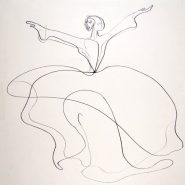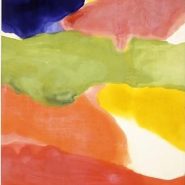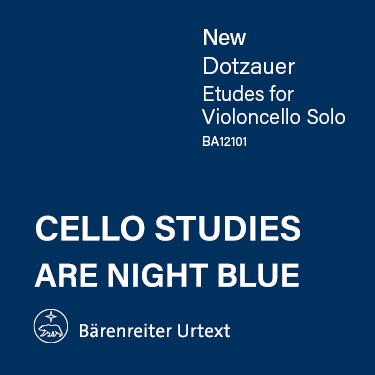
Author: Rebecca Merblum
Rebecca is very much involved in mentoring and working with students in Nairobi as a part of the Art of Music Foundation. Her efforts with the students of Ghetto Classics continue to expand as she is now Co-Artistic Director of the Kenya International Cello Festival. A dedicated teacher, Rebecca served as the Chair of the String Department at the Pasadena Conservatory from 2014-2016 where she was a member of the cello and chamber music faculties.
Based in Minneapolis, Rebecca is a frequent substitute with the St. Paul Chamber Orchestra and the Liquid Music series. In addition, she was a guest artist with the acclaimed Cavani Quartet in 2018 and 2019. Ms. Merblum also enjoys performing engagements with the Cincinnati Symphony, Los Angeles Chamber Orchestra and has performed in the past as a guest artist with the Salastina Chamber Music Series, Sundays at LACMA, the Green Umbrella Series (Los Angeles Philharmonic) and Classical Encounters. Rebecca was also a substitute with both the LAPhil and LAOpera from 2010-2016 and can be heard on several film soundtracks. Rebecca studied at the Cleveland Institute of Music and New England Conservatory of Music where she went on to earn her Bachelor and Masters Degrees respectively.



